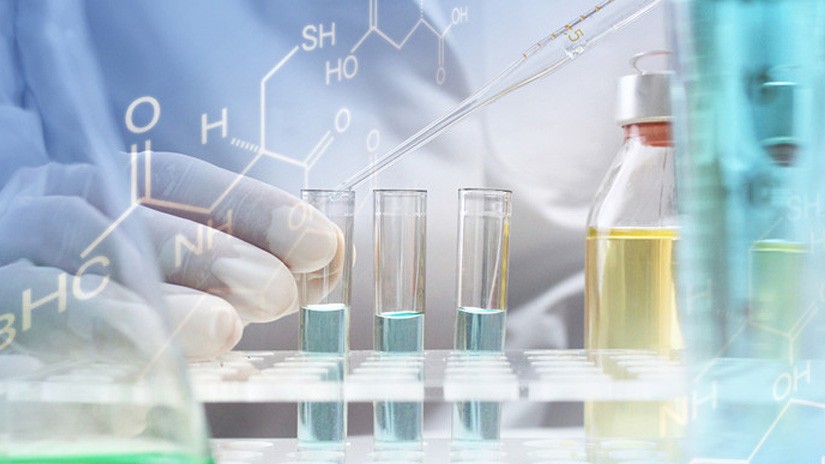The chemical structure of this class of compounds is commonly comprised of a two (or more) part-system, including distinct lipophilic and non-lipophilic areas within the same molecule. More generally, these types of compounds have water-soluble (non-lipophilic) and water-insoluble (lipophilic) portions distinctly segregated within a single molecule.
By having these contrasting sections with the same compound, a single molecule can inhabit the interface of two immiscible phases (i.e. oil and water), effectively bringing them closer together and lowering the interfacial energy associated between them. By lowering this energy, many novel solution applications can be accessed by increasing the homogeneity of these two previously immiscible phases.
For instance, one of the most common uses of surfactants is to increase the dispersion of dirt and oils in water during the cleaning process, making these unwanted oils easier to remove from dirty surfaces (e.g. dirty dishware, clothes or even an oily face). Surfactants find their way into a variety of industrial and commercial applications, and due to the plethora of varieties of surfactants, they can be engineered to fit just about any manufacturing need.





